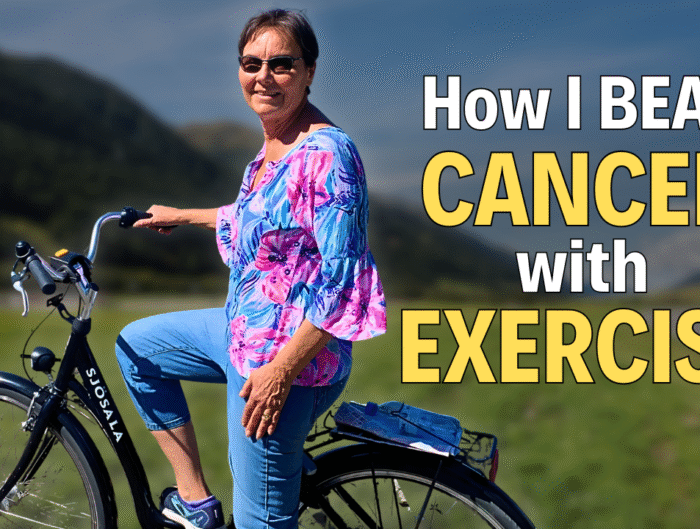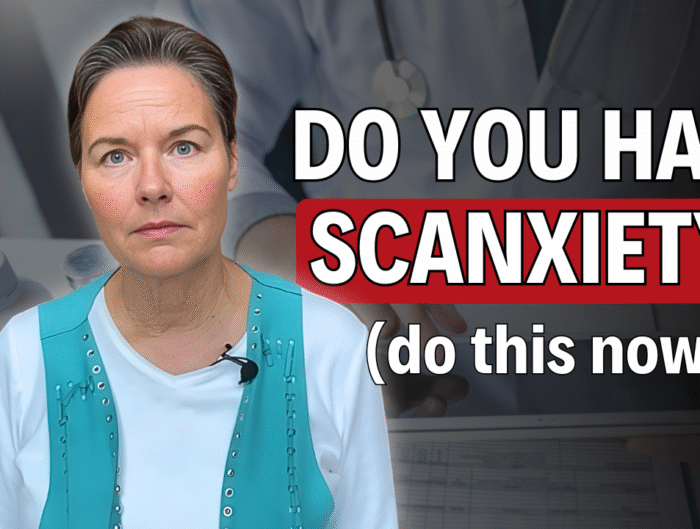In a previous video, I summarized all the chemical toxins used in the making and processing of textiles and fabrics. We learned that textiles are all around in the clothes we wear, the towels we use, the sheets we sleep on, the curtains that hang in our homes, and even the cushions we sit on. Unfortunately, the textile industry is not as regulated in the US as it is in Europe and Canada. The purpose of this video is not to help you eliminate all these chemicals, many of which are toxic—but to help you reduce your exposure. Here are eight ways to reduce your toxic exposure to fabrics and textiles.
Keep in mind that Risk = Hazard X Exposure. So anything you do to lower your exposure lowers your risk.
- Choose bed sheets, mattress pads, towels, pajamas, and bedding blankets from the natural fibers of cotton, silk, hemp, linen, and wool—preferably organic. We spend one-third of our time or 8-9 hours sleeping. Deep sleep is when our body detoxes, repairs, rebuilds, and fights diseases such as flu and cancers. If our sheets, pillowcases, blankets, underwear, towels, and pajamas are 100 percent natural organic fibers and not treated with chemicals, we’ve just reduced our toxic exposure by nearly 50%. Keep in mind that I wear my pajamas generally from 8 pm to 8 am. This is the most important tip by far. You can buy organic sheets online from Target and organic sheets, towels, PJs, and bedding from Under the Canopy.
- Use tightly woven fabrics for UV protection instead of clothes treated with chemicals. Even though this may mean using polyester or polyester blends, it’s better than using fabrics doused with chemicals and getting sunburned!
- Consider carefully the materials used on and around babies and young children. Look for natural fiber crib sheets, bedding, pajamas, and children’s clothing that don’t contain harsh chemicals such as fire retardants, toxic dyes, and wrinkle-free formaldehyde. I was shocked when high levels of flame-retardant chemicals were found at high levels in my body. No one needs these chemicals, but especially not babies! To avoid flame retardants in children’s pajamas, buy 100% cotton organic pajamas which are tight-fitting. By our federal laws, only tight-fitting pajamas are not required to be treated with flame retardants. Loose-fitting pajamas are more likely to catch fire. Burt’s Bees, Honest Baby Clothing, Primary Clothing, and Hanna Anderson make these pajamas and clothing just to name a few. There are many European brands found at specialty children’s shops made by their standards to protect the consumer and babies which are much higher than ours.
- Choose organic cotton and wool for moisture-wicking and odor-control clothing such as underwear, workout clothes, bras, and socks. Think about it. We sweat in our workout clothes. Do we really want our undergarments and workout clothes to be synthetic polyester and treated with toxic chemicals?
- Look for certificates like GOTS (Global Organic Textile Standard), Oeko-Tex, and Bluesign. Oeko-Tex tests textiles at all production stages to guarantee no harmful chemical residue is left in the final product. Bluesign on the label assures that negligible toxic substances are used. Now that I know these labels, I’m seeing them in some stores.
- Wash your new clothes before wearing them. This helps to wash out some of the chemicals used in production. And please don’t wash your clothes with more chemicals. Instead, use a washing powder or liquid made from safe ingredients. I have a video called “Five Chemicals You Don’t Want in Your Laundry Detergent.”
- Buy natural fabrics such as cotton, wool, hemp, linen, and silk when shopping for new clothes. We can’t go back, we can only move forward and make better choices. When you get home from Sunday church or work, simply slip into an all-organic natural fiber loungewear to reduce longer-day exposure to these materials. There are clothing companies such as Patagonia and REI who vow to not use PFASs or forever chemicals in their outdoor clothing. There are also clothing companies that only make organic and chemical-free clothing such as Pact, Wearpact, Yes Friends, and Kowtow to name a few.
- Don’t ditch all your old clothes. It’s simply not affordable or practical. We have an investment in our wardrobe that we’ve collected over the years. And here’s another reason–Older clothes have fewer chemicals because they’ve been washed so many times.
Remember, our goal is to reduce our toxic exposure, not to eliminate it. Our bodies have God-designed filtering systems that can filter out lower levels of chemicals from our clothing and other toxins around us. It’s also important to stay hydrated, sweat a little each day, and keep moving during the day. When you follow my first tip of changing our bed linens, pajamas, towels, etc. to natural and organic fibers, you can reduce your toxic chemical load from textiles and fabrics by nearly 50%. Changing into nontoxic loungewear when you get home also reduces your toxic load from fabrics even more!
Remember, that Risk = Hazard X Exposure, so let’s reduce our exposure!
What do you do to reduce your toxic exposure to fabrics?
View this message on YouTube:
Eight Ways to Reduce Your Toxic Exposure to Fabrics
Related videos:
Five Ingredients You Don’t Want in Your Laundry Detergent
What Toxins are in Your Closet?
For Your Health,
Ginny
 Ginny Dent Brant is a speaker and writer who grew up in the halls of power in Washington, DC. She has battled cancer, ministered around the world, and served on the front lines of American culture as a counselor, educator, wellness advocate, and adjunct professor. Brant’s award-winning book, Finding True Freedom: From the White House to the World, was endorsed by Chuck Colson and featured in many TV and media interviews. Unleash Your God-Given Healing: Eight Steps to Prevent and Survive Cancer was released in May 2020 after her journey with cancer and was recently awarded the First Place Golden Scrolls Award for Memoirs, a finalist in Serious Writers Book of the Decade, and Second Place in both Selah Awards for Memoirs and Director’s Choice Award for Nonfiction at the Blue Ridge Mountain Christian Writer’s Conference. It recently received the Christian Authors Network’s (CAN) Gold Award for Excellence in Marketing for reaching 62.5 million people with a message of cancer prevention and survival. It was written with commentary from an oncologist and was featured on CBN’s Healthy Living Show, Atlanta Live, and CTN’s Homekeepers along with over 75 media outlets. Learn more and cancer and wellness prevention blog and book information at www.ginnybrant.com. Ginny is on YouTube
Ginny Dent Brant is a speaker and writer who grew up in the halls of power in Washington, DC. She has battled cancer, ministered around the world, and served on the front lines of American culture as a counselor, educator, wellness advocate, and adjunct professor. Brant’s award-winning book, Finding True Freedom: From the White House to the World, was endorsed by Chuck Colson and featured in many TV and media interviews. Unleash Your God-Given Healing: Eight Steps to Prevent and Survive Cancer was released in May 2020 after her journey with cancer and was recently awarded the First Place Golden Scrolls Award for Memoirs, a finalist in Serious Writers Book of the Decade, and Second Place in both Selah Awards for Memoirs and Director’s Choice Award for Nonfiction at the Blue Ridge Mountain Christian Writer’s Conference. It recently received the Christian Authors Network’s (CAN) Gold Award for Excellence in Marketing for reaching 62.5 million people with a message of cancer prevention and survival. It was written with commentary from an oncologist and was featured on CBN’s Healthy Living Show, Atlanta Live, and CTN’s Homekeepers along with over 75 media outlets. Learn more and cancer and wellness prevention blog and book information at www.ginnybrant.com. Ginny is on YouTube
Link to buy book at Unleash Your God-given Healing
Click to sign up to take Conquering Cancer Course
Ginny is a cancer coach. Make an appointment to meet with her:




